Introduction
In the vast culinary landscape of China, traditional cooking techniques have been meticulously handed down through generations, each preserving a unique flavor and texture that resonates deeply with food enthusiasts worldwide. Among these timeless culinary treasures, salt-baked dishes stand out for their simplicity and the intricate balance of flavors they achieve. One such dish that encapsulates the essence of salt-baking is “Salt-Baked Flower Snails” (often referred to as ‘Salt-Baked Conch’ in broader culinary circles, though ‘Flower Snail’ is a more specific and picturesque term used in some regions). This dish not only showcases the delicate taste of the snail but also the artistry involved in preparing it. In this article, we will delve into the step-by-step process of how to make Salt-Baked Flower Snails, exploring the ingredients, techniques, and the cultural significance behind this delightful delicacy.
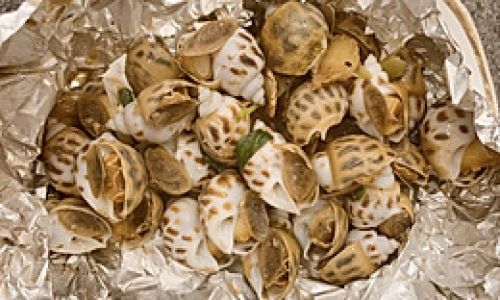
Understanding Flower Snails
Before diving into the recipe, it’s crucial to understand what flower snails are. Native to coastal waters, flower snails, scientifically known as Turbo cornutus, are a type of marine gastropod mollusk. Their name stems from the intricate patterns and colors on their shells, which resemble the petals of a flower. These snails are highly valued for their tender meat and mild, slightly sweet flavor, making them a perfect candidate for various cooking methods, including steaming, boiling, and, of course, salt-baking.
Ingredients and Preparation
To create the perfect Salt-Baked Flower Snails, you’ll need a combination of fresh ingredients, patience, and attention to detail. Here’s a comprehensive list of what you’ll need and how to prepare each component:
-
Fresh Flower Snails: Start with the freshest possible snails. Ideally, source them from a reputable supplier or, if you’re near a coastal area, collect them yourself ensuring they are alive and active.
-
Coarse Sea Salt: The foundation of salt-baking, coarse sea salt retains heat well and creates a protective crust that locks in moisture and flavor.
-
Spices and Herbs: Traditional recipes often include ginger, green onion, and garlic for aroma and flavor enhancement. You can also add a pinch of Sichuan peppercorns or five-spice powder for an extra layer of complexity.
-
Rice Wine or Shaoxing Wine: This alcoholic beverage adds a subtle sweetness and depth to the dish, helping to tenderize the snail meat.
-
Baking Tools: A heavy-bottomed pot or a salt-baking dish designed specifically for this purpose is ideal. You’ll also need aluminum foil or parchment paper to line the pot and prevent sticking.
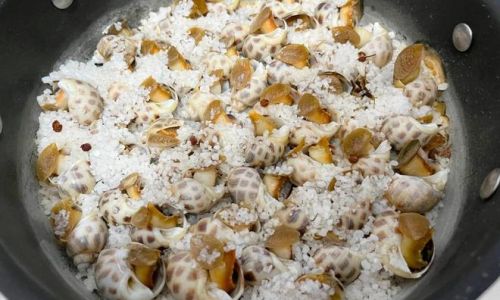
Step-by-Step Guide
Step 1: Cleaning and Preparing the Snails
-
Soak and Rinse: Place the live snails in a bowl of cold water for about 30 minutes to allow them to release any sand or impurities. Rinse them thoroughly under running water.
-
Scrubbing: Use a small brush or a toothbrush to gently scrub the exterior of each snail shell to remove any remaining dirt or algae.
-
Trimming: Cut off the tip of the snail’s tail end, where the dirt and sand can accumulate. This also makes it easier to extract the meat later.
-
Marinating: In a bowl, mix together minced ginger, chopped green onion, crushed garlic, a splash of rice wine, and a pinch of salt. Add the cleaned snails and let them marinate for at least 30 minutes to an hour.
Step 2: Preparing the Salt Mixture
-
Mixing the Spices: In a large bowl, combine coarse sea salt with your chosen spices and herbs. Mix well to ensure an even distribution.
-
Creating the Salt Bed: Spread a layer of the salt mixture at the bottom of your baking dish or pot. This layer should be thick enough to provide even heat distribution and support the weight of the snails.
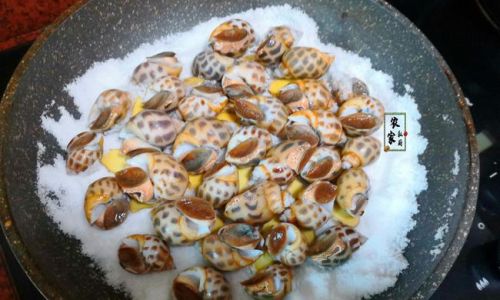
Step 3: Arranging the Snails
-
Wrapping: Individually wrap each marinated snail in aluminum foil or parchment paper. This step is crucial as it prevents the snails from drying out and ensures even cooking.
-
Nesting: Place the wrapped snails in the salt bed, spacing them out evenly. You want to create a single layer to avoid overcrowding and ensure even heat penetration.
Step 4: Sealing and Baking
-
Covering with Salt: Once all the snails are arranged, cover them completely with the remaining salt mixture. Pack the salt tightly around the snails to form a solid crust.
-
Sealing the Pot: Cover the pot tightly with a lid to trap heat and moisture. If using a baking dish, cover it with aluminum foil to create a similar seal.
-
Baking: Preheat your oven to 375°F (190°C). Place the pot or dish in the oven and bake for about 45-60 minutes. The exact timing depends on the size of the snails and the intensity of your oven.
Step 5: Finishing and Serving
-
Cooling: Carefully remove the pot or dish from the oven and let it cool slightly. The salt crust will harden and turn a light golden brown when done.
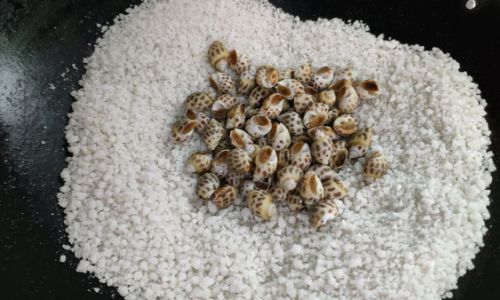
-
Cracking Open: Using a hammer or a sturdy kitchen tool, gently crack open the salt crust. Be careful not to break the foil or parchment wrapping around the snails.
-
Unwrapping and Serving: Carefully unwrap each snail. The meat should be tender and infused with the aromatic spices. Serve the snails hot, with a dipping sauce made from soy sauce, sesame oil, and a touch of chili oil if desired.
Cultural Significance and Variations
Salt-Baked Flower Snails are not just a culinary delight but also carry cultural significance. In coastal communities, they are often served during festivals and special occasions, symbolizing abundance and prosperity. The preparation process, which involves meticulous attention to detail and patience, reflects the respect and admiration for nature’s bounty.
Over time, various regions have adapted the basic recipe to suit local tastes. Some add chili peppers or soy sauce directly to the salt mixture, while others incorporate additional herbs like cilantro or mint. Some chefs even experiment with different cooking methods, such as grilling or steaming the snails before salt-baking, to achieve unique textures and flavors.
Conclusion
Mastering the art of Salt-Baked Flower Snails is a journey that combines culinary skill, respect for tradition, and a deep appreciation for the ingredients. By following the steps outlined in this guide, you’ll be able to create a dish that not only tantalizes the taste buds but also connects you to the rich culinary heritage of China. Remember, the key to success lies in using fresh, high-quality ingredients, paying attention to detail during preparation, and allowing the natural flavors of the snails to shine through. With practice and patience, you’ll soon be able to serve up a plate of Salt-Baked Flower Snails that will impress even the most discerning foodie. So, gather your ingredients, preheat your oven, and embark on this culinary adventure today!
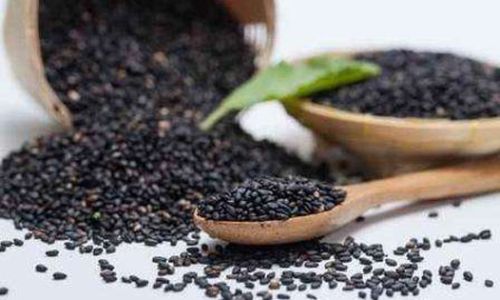
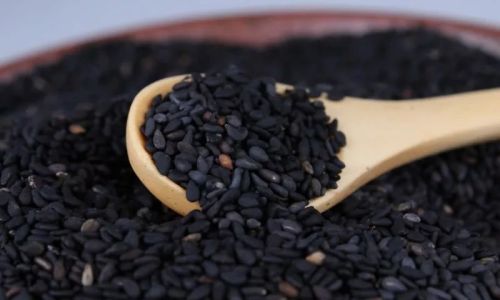
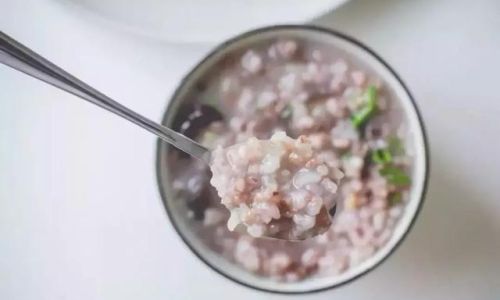

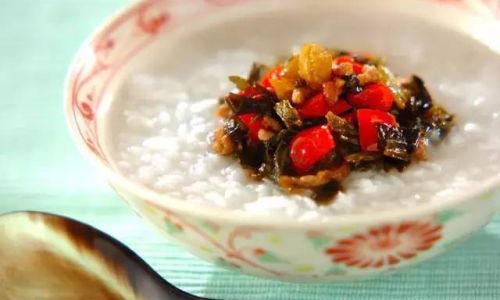
0 comments